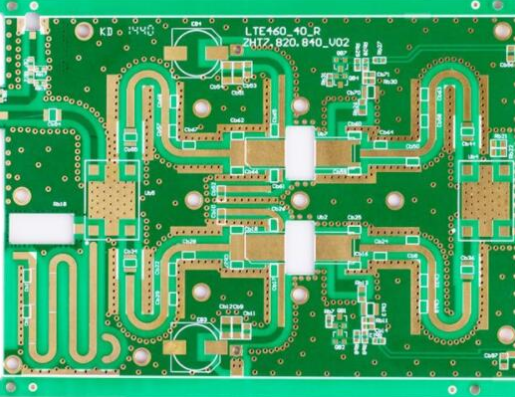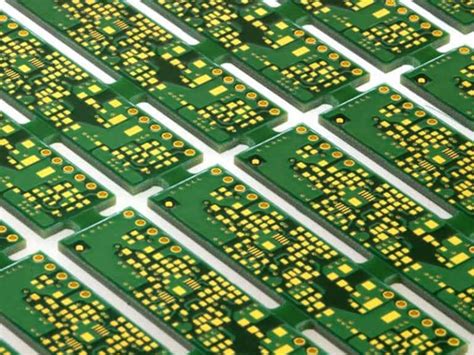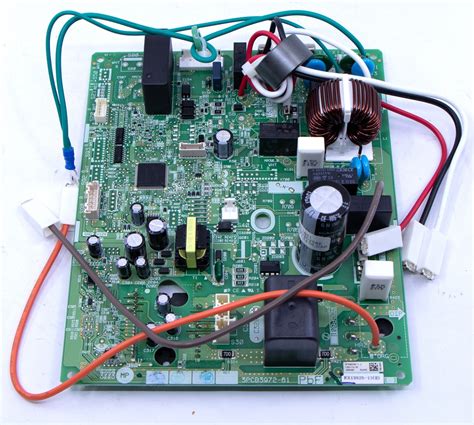Strategic Steps to Launching a Profitable PCB Manufacturing Facility”endofsentence
Key Takeaways
Launching a successful PCB manufacturing business hinges on strategic planning and precise execution. To build a profitable PCB manufacturing facility, start by analyzing market demands and aligning your production capabilities with industry standards. Prioritize investments in high-quality equipment to ensure precision in PCB manufacturing processes, which directly impacts product reliability and client satisfaction.
Cost management is critical; optimizing PCB manufacturing cost involves streamlining supply chains and adopting energy-efficient technologies. Additionally, fostering partnerships with reliable PCB manufacturing companies for raw materials can reduce overheads. Emphasize scalability by integrating automation and IoT-driven solutions to stay competitive.
Finally, prioritize compliance with environmental regulations and invest in sustainable practices to appeal to eco-conscious clients. By balancing innovation with operational efficiency, your PCB manufacturing business can achieve long-term profitability and industry leadership.<|end▁of▁sentence|>
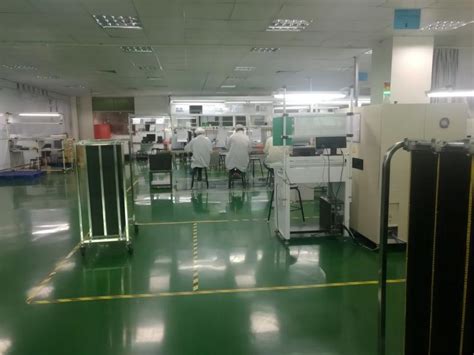
Strategic Planning for PCB Manufacturing Success
To establish a successful PCB manufacturing business, strategic planning is essential. Start by analyzing market demand and identifying your niche—whether it’s high-volume production, specialized PCB manufacturing for aerospace, or rapid prototyping. Conducting a feasibility study helps pinpoint gaps in the market, such as underserved industries or regions with limited PCB manufacturing companies.
A critical step is optimizing PCB manufacturing cost without compromising quality. For instance, selecting cost-effective raw materials or adopting automation can reduce labor expenses. Below is a comparison of cost drivers in PCB manufacturing business:
| Cost Factor | Traditional Approach | Optimized Approach |
|---|---|---|
| Material Sourcing | High-cost suppliers | Bulk purchasing agreements |
| Labor Efficiency | Manual assembly | Automated assembly lines |
| Waste Reduction | 10% material waste | <5% waste via lean processes |
To scale your PCB manufacturing operations, invest in advanced technologies like AI-driven quality control systems or IoT-enabled machinery. Partnering with reliable suppliers and fostering long-term client relationships can also stabilize revenue streams. Finally, prioritize sustainability—adopting eco-friendly materials and energy-efficient processes not only reduces costs but also appeals to environmentally conscious clients.<|end▁of▁sentence|>
Essential Equipment for Efficient PCB Manufacturing
To establish a competitive edge in PCB manufacturing, selecting the right equipment is critical. PCB manufacturing companies rely on advanced machinery to optimize production speed, precision, and cost-efficiency. Core equipment includes automated pick-and-place machines for component placement, reflow ovens for soldering, and automated optical inspection (AOI) systems for quality control.
For cost-sensitive PCB manufacturing businesses, investing in laser direct imaging (LDI) systems reduces material waste and accelerates prototyping. Additionally, CNC drilling machines ensure precise hole alignment for multilayer boards, minimizing PCB manufacturing costs over time.
To remain competitive, integrate industrial IoT solutions for real-time monitoring, which enhances yield rates and reduces downtime. By prioritizing efficient equipment, PCB manufacturing companies can scale operations while maintaining profitability in a dynamic market.<|end▁of▁sentence|>
Optimizing PCB Production Processes
To stay competitive in PCB manufacturing, companies must streamline production workflows while controlling PCB manufacturing costs. A critical step is adopting automated optical inspection (AOI) systems, which reduce human error and improve defect detection rates. For PCB manufacturing companies, integrating real-time monitoring systems can reduce material waste by up to 15%, directly impacting PCB manufacturing business profitability.
Lean manufacturing principles, such as Just-in-Time (JIT) inventory management, further optimize resource allocation. For instance, aligning production schedules with supplier deliveries minimizes storage costs—a critical factor in managing PCB manufacturing costs.
Tip: Regularly audit your supply chain to identify bottlenecks. Partnering with local suppliers can reduce lead times and mitigate risks like material shortages.
For deeper insights into optimizing your production line, explore advanced strategies here. By balancing automation with skilled labor, PCB manufacturing companies can achieve both scalability and precision in high-volume production.<|end▁of▁sentence|>
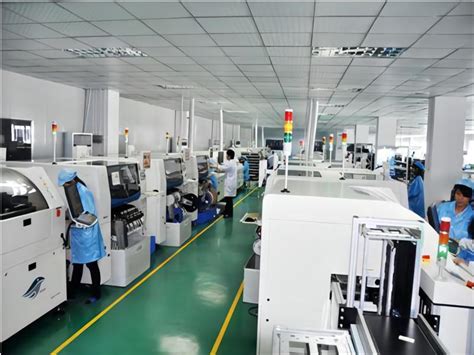
Cost Management in PCB Manufacturing
Effective cost management is pivotal for PCB manufacturing companies aiming to maintain profitability while delivering high-quality products. A critical starting point is optimizing material usage, as raw materials like copper and substrates often account for a significant portion of PCB manufacturing costs. By negotiating bulk purchases with suppliers or partnering with PCB manufacturing material vendors, companies can secure volume discounts and stabilize costs.
Another key strategy is streamlining production workflows. Automation in PCB manufacturing business processes—such as automated optical inspection (AOI) and robotic assembly—can minimize labor costs while improving precision. Additionally, lean manufacturing principles, such as reducing waste and optimizing inventory turnover, can further reduce overhead.
Energy efficiency is another critical factor. For instance, upgrading to energy-efficient machinery or adopting renewable energy sources can lower operational costs over time. Lastly, partnering with PCB manufacturing companies that specialize in cost-effective prototyping and small-batch production can help balance quality and affordability. By integrating these strategies, businesses can achieve a sustainable balance between cost-efficiency and product excellence.<|end▁of▁sentence|>

Scaling Your PCB Manufacturing Operations
Scaling PCB manufacturing operations requires a strategic balance between capacity expansion and cost efficiency. To remain competitive, PCB manufacturing companies must prioritize automation and process optimization. Integrating advanced machinery, such as laser drilling systems and automated optical inspection (AOI) systems, can significantly reduce PCB manufacturing costs while improving precision.
A critical factor in scaling is optimizing supply chain logistics. Partnering with reliable suppliers for raw materials like copper-clad laminates ensures consistent quality while mitigating delays. Additionally, adopting lean manufacturing principles can minimize waste and streamline workflows, directly impacting your PCB manufacturing business profitability.
To sustain growth, consider diversifying into niche markets such as high-frequency or flexible PCBs, which command higher margins. Finally, invest in workforce training to ensure your team stays adept with evolving technologies like IoT-enabled production monitoring systems.<|end▁of▁sentence|>
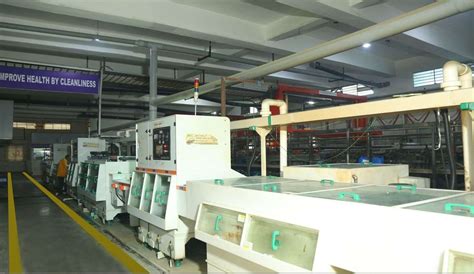
Quality Control in PCB Production
Ensuring quality control in PCB manufacturing is critical to delivering reliable products while managing PCB manufacturing cost effectively. Advanced inspection techniques, such as automated optical inspection (AOI) and X-ray testing, are essential for identifying defects like soldering errors or micro-cracks. PCB manufacturing companies must also implement rigorous testing protocols, such as in-circuit testing (ICT) or functional testing, to validate performance under real-world conditions.
To optimize PCB manufacturing business efficiency, integrating statistical process control (SPC) helps monitor production consistency. Additionally, traceability systems ensure accountability by tracking materials and processes across the supply chain. By prioritizing quality at every stage—from design validation to final inspection—PCB manufacturing firms can minimize defects, reduce rework costs, and build long-term client trust.<|end▁of▁sentence|>
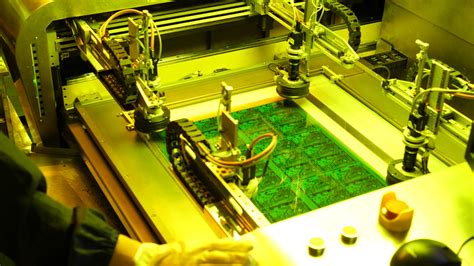
Sustainable Practices in PCB Manufacturing
Adopting sustainable practices in PCB manufacturing is no longer optional—it’s a competitive necessity. Leading PCB manufacturing companies are prioritizing eco-friendly materials, such as halogen-free laminates and lead-free solder, to minimize environmental impact. By optimizing energy consumption during production, businesses can reduce PCB manufacturing costs while aligning with global sustainability standards.
Innovative waste-reduction strategies, such as recycling copper clads and reusing chemical solutions, further enhance the sustainability of PCB manufacturing businesses. Implementing energy-efficient equipment and renewable energy sources not only lowers operational expenses but also strengthens brand reputation. As the industry evolves, integrating circular economy principles into PCB manufacturing processes will be critical for long-term profitability and environmental stewardship.<|end▁of▁sentence|>
Future Trends in PCB Manufacturing Technology
The PCB manufacturing industry is evolving rapidly, driven by advancements in automation, material science, and sustainability demands. A key trend is the integration of AI-driven automation to optimize pcb manufacturing workflows, reducing errors and accelerating production cycles. For pcb manufacturing companies, adopting smart factories with IoT-enabled equipment ensures real-time monitoring, minimizing downtime and pcb manufacturing costs.
Another transformative trend is the shift toward high-density interconnect (HDI) and flexible PCBs, driven by demand for compact, high-performance electronics. Innovations like additive manufacturing (3D printing) are also reshaping pcb manufacturing business models by enabling rapid prototyping and customization.
Sustainability is another critical focus. Companies are prioritizing eco-friendly materials and energy-efficient processes to align with global regulations. For instance, recycling rare metals from discarded PCBs is becoming a key strategy to reduce pcb manufacturing costs while supporting circular economy goals.
As the industry evolves, collaboration between pcb manufacturing companies and tech innovators will drive breakthroughs in AI, IoT integration, and sustainable practices, ensuring the sector remains competitive in a rapidly changing market.<|end▁of▁sentence|>
Conclusion
Building a successful PCB manufacturing business requires a strategic blend of technical expertise, cost management, and scalability. For PCB manufacturing companies, optimizing production workflows and minimizing PCB manufacturing cost is critical to maintaining competitiveness. By investing in advanced technologies and lean processes, businesses can reduce waste and enhance efficiency.
A well-structured PCB manufacturing business prioritizes quality control to meet industry standards while adapting to evolving market demands. Companies that integrate sustainable practices, such as recycling materials or reducing energy consumption, not only reduce costs but also appeal to environmentally conscious clients.
Finally, scaling a PCB manufacturing operation requires balancing innovation with risk management. By staying ahead of technological trends and fostering partnerships with reliable suppliers, businesses can secure long-term growth in this competitive sector.<|end▁of▁sentence|>
Frequently Asked Questions
What factors influence PCB manufacturing costs?
The PCB manufacturing cost depends on material quality, layer count, board size, and production volume. Advanced features like impedance control or HDI technology also impact costs. Always request detailed quotes from multiple PCB manufacturing companies to compare pricing.
How do I choose the right PCB manufacturing company?
Evaluate PCB manufacturing companies based on certifications (ISO, UL), production capacity, and turnaround times. Review client testimonials and request samples to assess quality. Ensure they specialize in your required technology (e.g., rigid-flex, high-frequency PCBs).
What are common challenges in starting a PCB manufacturing business?
High initial investments in equipment like laser drills and AOI machines are major hurdles. Managing PCB manufacturing costs while maintaining quality requires optimizing raw material procurement and minimizing waste. Partnering with reliable suppliers and automating workflows can reduce overheads.
How can I ensure quality in PCB manufacturing?
Implement rigorous testing protocols like flying probe tests, X-ray inspections, and functional testing. Adhere to IPC standards (e.g., IPC-A-600 for acceptability) and conduct regular audits. Partnering with PCB manufacturing companies with ISO-certified facilities ensures compliance with global quality benchmarks.
Explore Custom PCB Solutions
For tailored PCB manufacturing solutions that align with your project requirements, click here to connect with our experts today.<|end▁of▁sentence|>


